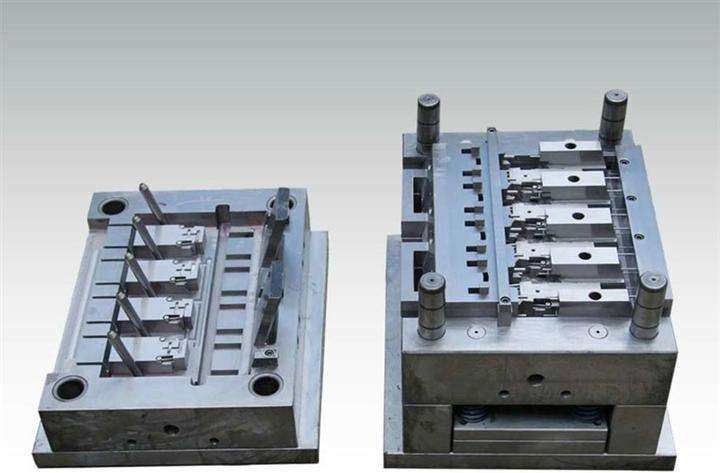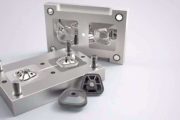Quality Control in Injection Moulding Molds
– By Zafar Kamal
Each company has a different interpretation of the need for and degree of quality control. Nevertheless, some measure of part usefulness must be made. In one instance it may be quick, visual inspection of the part for appearance only, while on the other hand, laboratory testing may be required to determine dimensional tolerance and other physical properties. Any inspection will add to the cost of the final part but this expenditure will also insure the usefulness of the product and its acceptance by endues customer. It should be considered as part of the cost of doing business.

Simple inspection and gage testing is often done right at the molding machine, making the operator directly responsible for the quality of the parts he is producing. where quality control laboratories or inspection facilities exist, it may be necessary to hold all production until it is approved by these facilities before the molded parts may be delivered into inventory or shipped.
Because of the nature of some thermoplastics materials, some properties may not be developed to their maximum for several hours or even days. Where a fault is uncovered after such a time lapse, a considerable amount of production could be affected. In such cases, laboratories often developed a speedy test or an extrapolation based on the previous data to determine the acceptance of the production. However, this approach can only point to possible problems within the molding cycle or performance of the operation. Final acceptance would still be based upon the results of the completed testing program.









